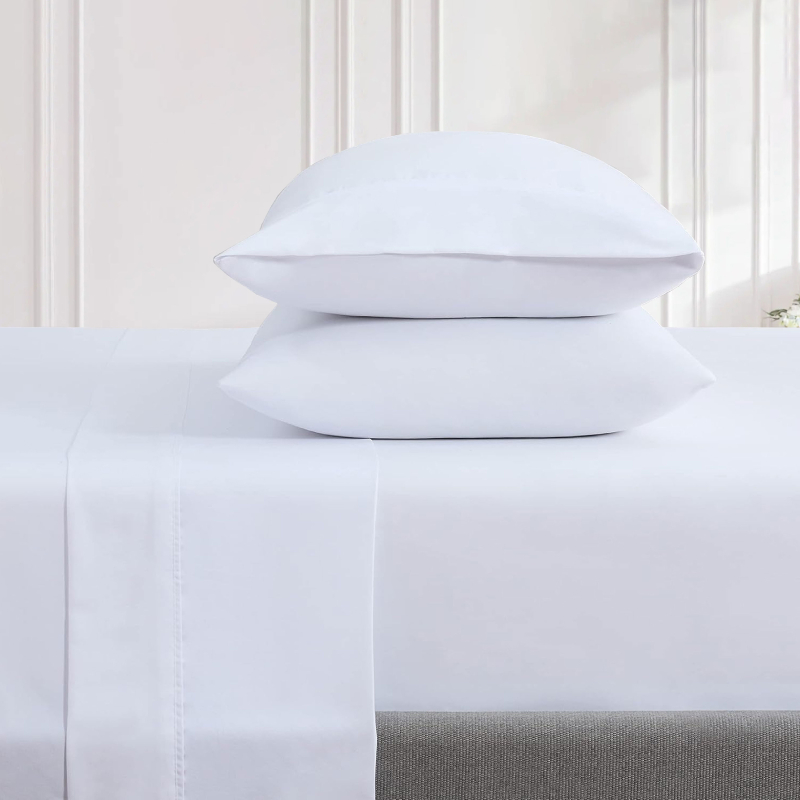Our bed linen guide covers the key things to think about when choosing the right bedding, the best sheets, types of duvet covers and pillowcase style. Consider the feel, fabric, weave, thread count, sizes, styles, accreditations, packaging and how to care for your bed linen.
...
2025-08-14 17:20
1527
